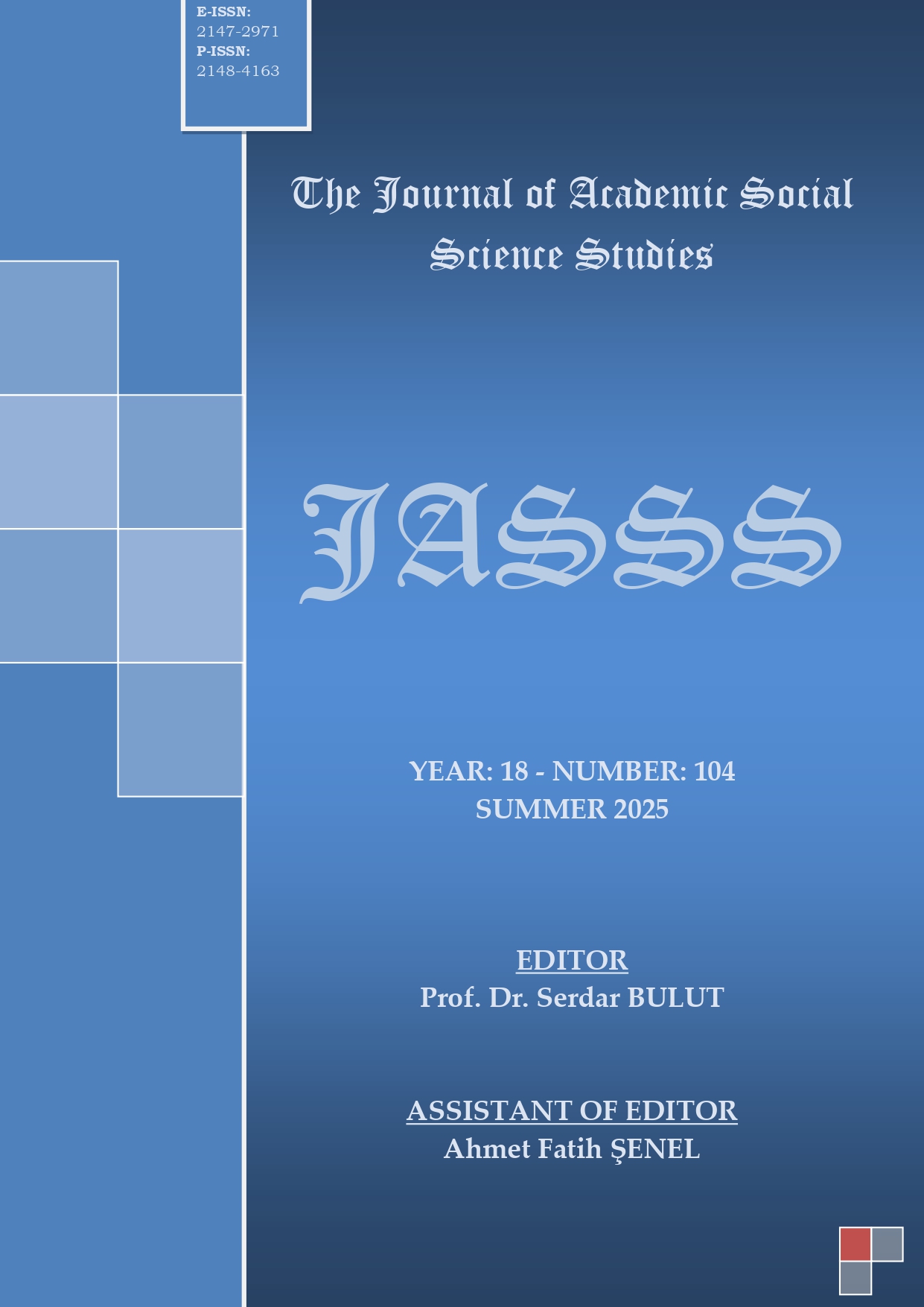Author :
Abstract
Bu makalenin konusu akademik dilde karşılıklı tartışma esnasında “mizah” içeren söz ve sözcelerin yapısal dilbilim ve anlambilim çerçevesinde incelenmesidir. Başlıkta ifade edildiği üzere dil düzlemi akademik dildir. Dil-zihin ve dil-düşünce kapsamına giren araştırmanın temel amacı akademik tartışmada mizahî söylemin yeri ve işlevinin dilbilimsel açıdan sorgulanacaktır. Bu bağlamda şu sorulara ışık tutulacaktır: Akademik, pedagojik ve bilimsel amaçlı tartışmalarda neden mizah yapılır? Böyle bir tartışmada mizah düşünsel anlamda ne işe yarar? Hitap edilen karşı tarafa (muhatap) etkisi nedir? Bir diğer amacımız bu soruları mümkün olduğunca aydınlatmaya çalışmaktır. Dilbilimci Saussure’un (1985) “bireysel söz” kavramı kapsamında dil kullanıcısı olan konuşan öznenin mizah içerikli söylemini anlamlandırma açısından bakıldığında, değeri ve işlevinin “etkisöz” (perlocution) kapsamına girip girmediği de ayrıca sorgulanacaktır. Bu amaçla çalışma bütüncesi olarak Amerikalı Dilbilim ve Çeviribilimci Eugene Albert Nida’nın (1943) “Linguistic interludes”un Türkçe çevirisi olan “Dilbilim üzerine tartışmalar” (2003) başlıklı eseri kullanılacaktır. Üzerinde çalışılacak dil düzlemine gelince, daha önce belirttiğimiz gibi başta akademik dil olmak üzere sözlü dilin yazıya dökülmüş çevriyazısı, yani transkripsiyonu yapılmış biçimidir. İlgili bütünceden hareketle örnekçemizi oluştururken farklı yapıdaki sözceleri seçmek suretiyle mizahın sınıflandırmasını oluşturmaya çalışacağız. Bunu yaparken de bağlamsal sözceleme durumunu dikkate alacağız. Tek bir bütünce üzerinde çalışılacağından dolayı bu bir durum çalışmasıdır. Çalışmanın kuramsal ve yöntemsel çerçevesini günümüz Fransız Dilbilimi alanında kullanılan Sözceleme kuramı (Culioli, Maingueneau) ve Söylem Çözümlemesi yöntemi (Benveniste) oluşturur.
Keywords
Abstract
The subject of this article is the examination of words and utterances containing "humor" during mutual discussion in academic language within the framework of structural linguistics and semantics. As stated in the title, the language level is academic language. Included in language-mind and language-thought relationship, the main purpose of the research is to question the place and function of humorous discourse in academic discussion from a linguistic perspective. In this context, the following questions will be shed light: Why is humor used in academic, pedagogical and scientific discussions? What does humor do intellectually in such a discussion? What is the effect on the other party (interlocutor) addressed? Another aim is to try to shed light on these questions as much as possible. When viewed from the perspective of making sense of the humorous discourse of the speaking subject, who is a language user, within the scope of linguist Saussure's (1985) concept of "individual speech", it will also be questioned whether its value and function fall within the scope of "perlocution". For this purpose, the Turkish translation (2003) of the work titled "Linguistic interludes" by American Linguistics and Translation Scientist Eugene Albert Nida (1943) will be used as the body of work. As we mentioned before, the language level to be studied is the written, that is, transcribed, form of oral language, especially academic language (transcription). While creating our sample based on the relevant corpus, we will try to create a classification of humor by selecting utterances with different structures. While doing this, we will take into account the contextual utterance situation. This is a case study since it will be studied on a single corpus. The theoretical and methodological framework of the study consists of the Enunciation theory (Culioli, Maingueneau) and Discourse Analysis method (Benveniste) used in today's French Linguistics





